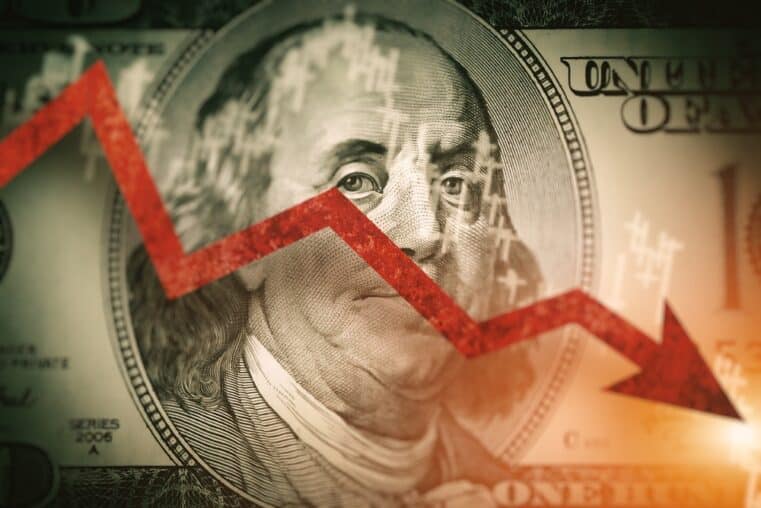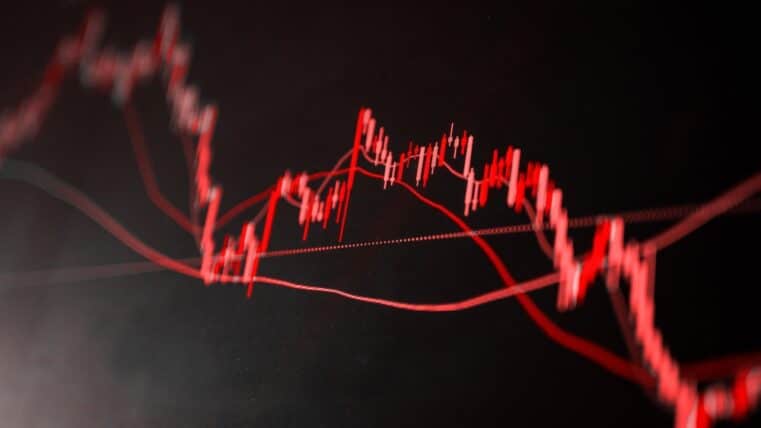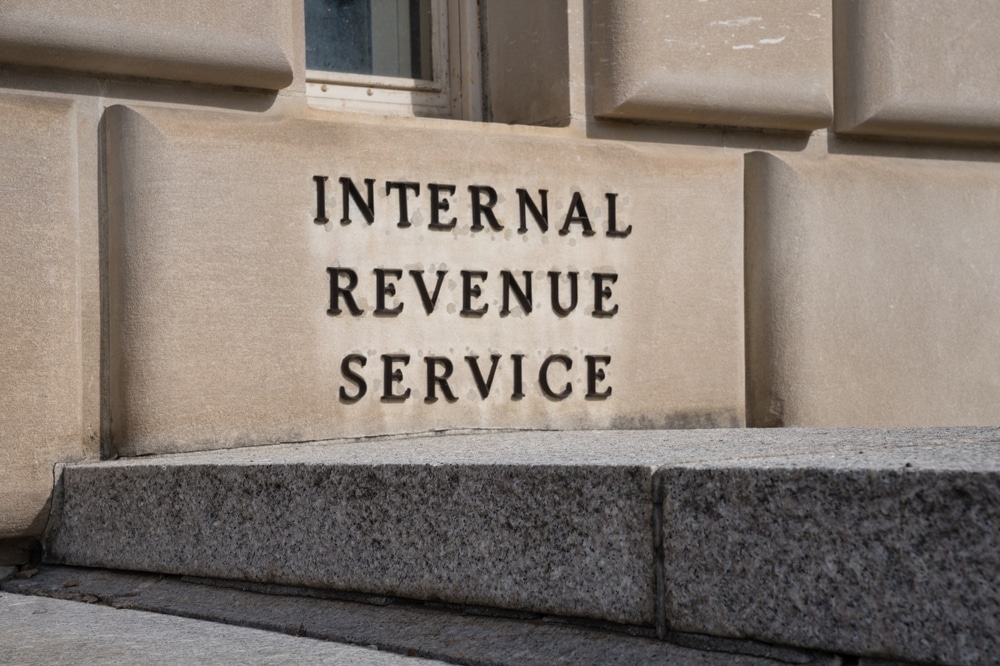
Second Warning: Retail Investors are "All-In"
Last November, we reported that retail investors had just recently piled into the markets, rendering them “fully loaded.” According to a JPMorgan study, 94% of households in were fully invested in the markets.
This rush to stocks accounted for the continued rise in the equity markets, despite the possibility that many of the stocks being sold to them were dumped by the very companies who bought their own stock using low-interest debt via the Fed’s QE program.
Last week, the Dow Jones Industrial Index experienced its worst one-day point decline in history, a whopping 1,175 points.
It actually had dropped nearly 1,600 points until buyers stepped in. And this drop took place amidst a previous plunge of 660 points and comparable plunges in the S&P 500 and other global stock indices.
Carl Icahn believes that investors maxing-out on index fund ETFs signals a major threat to the stability of the bull run.
And the latest report by E-Trade confirms that in January of this year, just at the moment markets started entering a parabolic move skyward, their retail brokerage opened 64,581 new accounts!
This was a net increase of 154% from the previous month.
E-Trade’s customers were net buyers worth approximately $1.5 billion in January.
And customer margin balances in January amounted to $9.4 billion, an increase of $0.3 billion.
As famed investor Jesse Livermore once said, “Because human nature never changes, the stock market patterns will never change.”
Retail investors piling into a last-minute buying frenzy seems to set-off a predictable sequence of events: a parabolic upward move followed by a major blow-off. JPMorgan’s initial report and E-Trade’s confirmation attest to the consistency of this historical pattern.
You may not have been able to pinpoint the exact date of the drop...but you did see it coming. We covered this phenomenon in a previous post which we hoped would serve as a warning.
Now that the steep correction has seemed to have reached a point of recovery, it will be interesting to see what JPMorgan’s or E-Trade’s data will show next.
Did the “weak hands” get shaken out?
Or did retail investors double down, with margin levels still exceptionally high, markets still ‘’fully loaded.”
If investors are truly “all in,” then this excess of powder in the markets will eventually explode in one of two possible ways (up or down).
Some market analysts like Guggenheim Partners’ CIO Scott Minerd believe that the bull still has quite a distance to go, a conviction held under the assumed scenario that retail investors are still holding a lot of cash.
These experts could be right.
And if they are right, you risk losing out on whatever profits remain.
However, if they are wrong, and if you happen to be one of those investors trading on margin, then you have a lot more to lose than you have to gain.
As soon as we receive reports on the state of retail investor participation, we’ll release them to you immediately, as such instances can serve as a trigger for any market that may be fundamentally weak.
But remember that you have already received a second warning that markets are loaded. It’s just a matter of whether or not the markets stay that way.
If investors are still “all in,” despite the recent decline, then you have a critical decision to make: stay in, get out, or hedge on a longer-term basis by investing in a safe haven asset.
Should a steep decline occur once again (and it will eventually), perhaps one leading to a recession, such a decline cannot be called a “Black Swan” event--an extremely rare and unpredictable event that has major negative consequences.
Because unlike a Black Swan event, you can actually see this coming.











